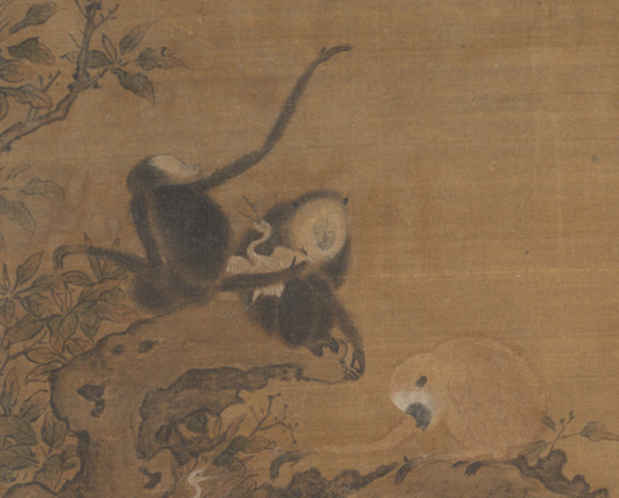“Monkey Business Celebrating the Year of the Monkey” Exhibition
The Metropolitan Museum of Art

This event has ended.
The traditional East Asian lunar calendar consists of a repeating twelve-year cycle, with each year corresponding to one of the twelve animals in the East Asian zodiac. This Lunar New Year, which begins on February 8, 2016, is the Year of the Monkey. In celebration, the Metropolitan Museum is pleased to present this small exhibition in the Charlotte C. Weber Galleries for the Arts of Ancient China, featuring depictions of monkeys in various media—including painting, ceramics, metalwork, and jade carving.
The earliest-known record of these zodiac animals is from China’s Eastern Han Dynasty (25–220 A.D.) and dates to the first century. In sequence, the twelve animals are: rat, ox, tiger, rabbit, dragon, snake, horse, ram, monkey, rooster, dog, and pig. Each animal is believed to embody certain traits expressed in the character of the people born in that year. People born in the Year of the Monkey are thought to be intelligent, energetic, and playful.
The monkey has been a popular decorative figure in Asian art for over two millennia, often serving as a rebus or visual pun conveying the notion of academic success or accomplishment. In a fan painting from the late twelfth century that depicts three gibbons raiding an egret’s nest, the gibbon acts as a visual pun, because the Chinese word for gibbon (yuan) is a homophone for “first place in the civil exam.” Similarly, in a porcelain plate from the late seventeenth or early eighteenth century, a depiction of monkeys conveys a wish for high rank, as the Chinese word for monkey (hou) is a homophone for “marquis,” or “commander.”
The Chinese lunar calendar and its associated iconography eventually spread to Korea, Japan, and Chinese communities throughout Southeast Asia. While the symbolism of the Chinese lunar calendar is distinct to East Asia, images of monkeys, characterized by intelligence, lively spirit, and mischievous behavior, have universal appeal and are found in the decorative art of many cultures around the globe.
Media
Schedule
from January 08, 2016 to July 24, 2016